|
|
Marshall B. Davidson and Elizabeth Stillinger. The American Wing at The Metropolitan Museum of Art. — New York, 1985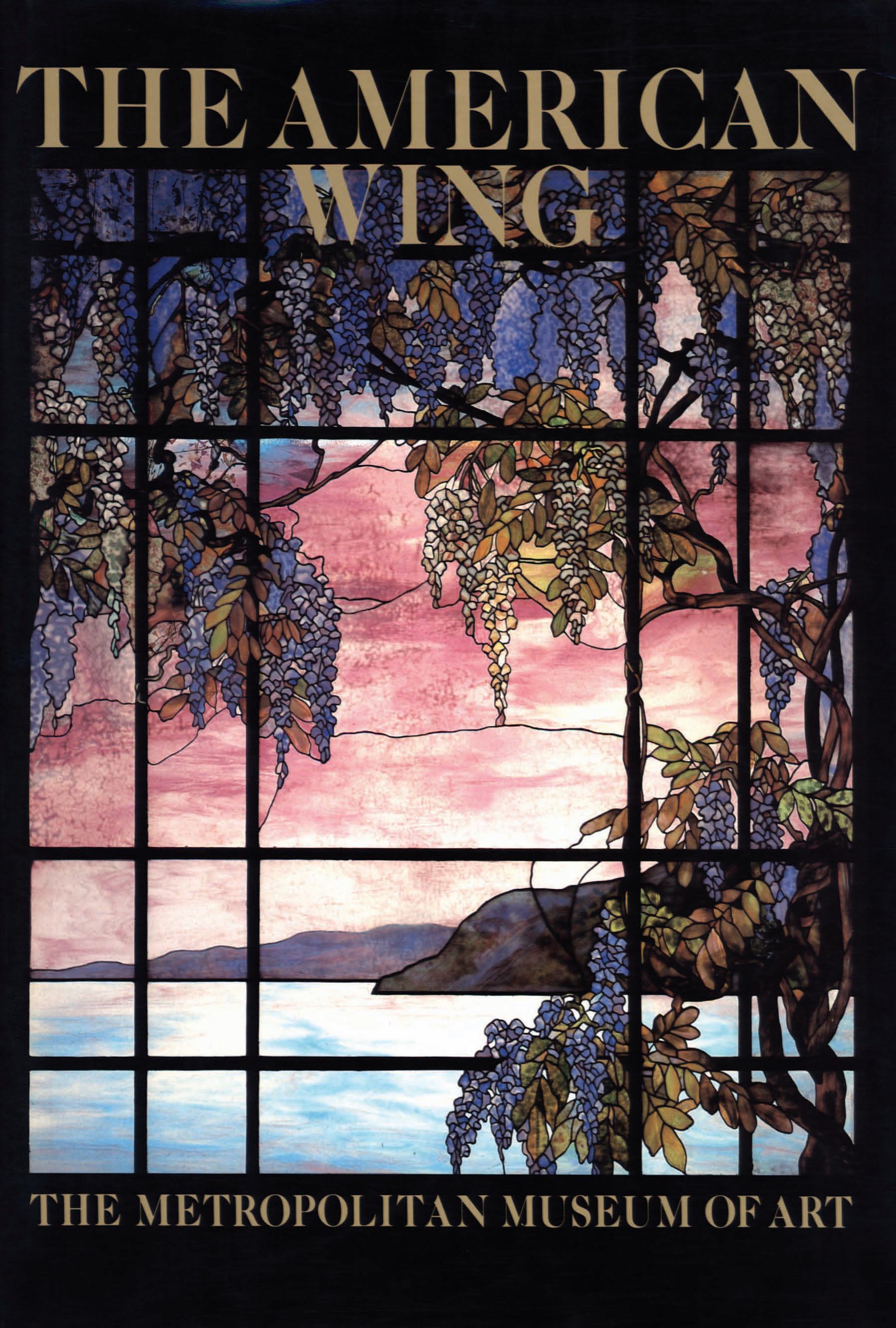 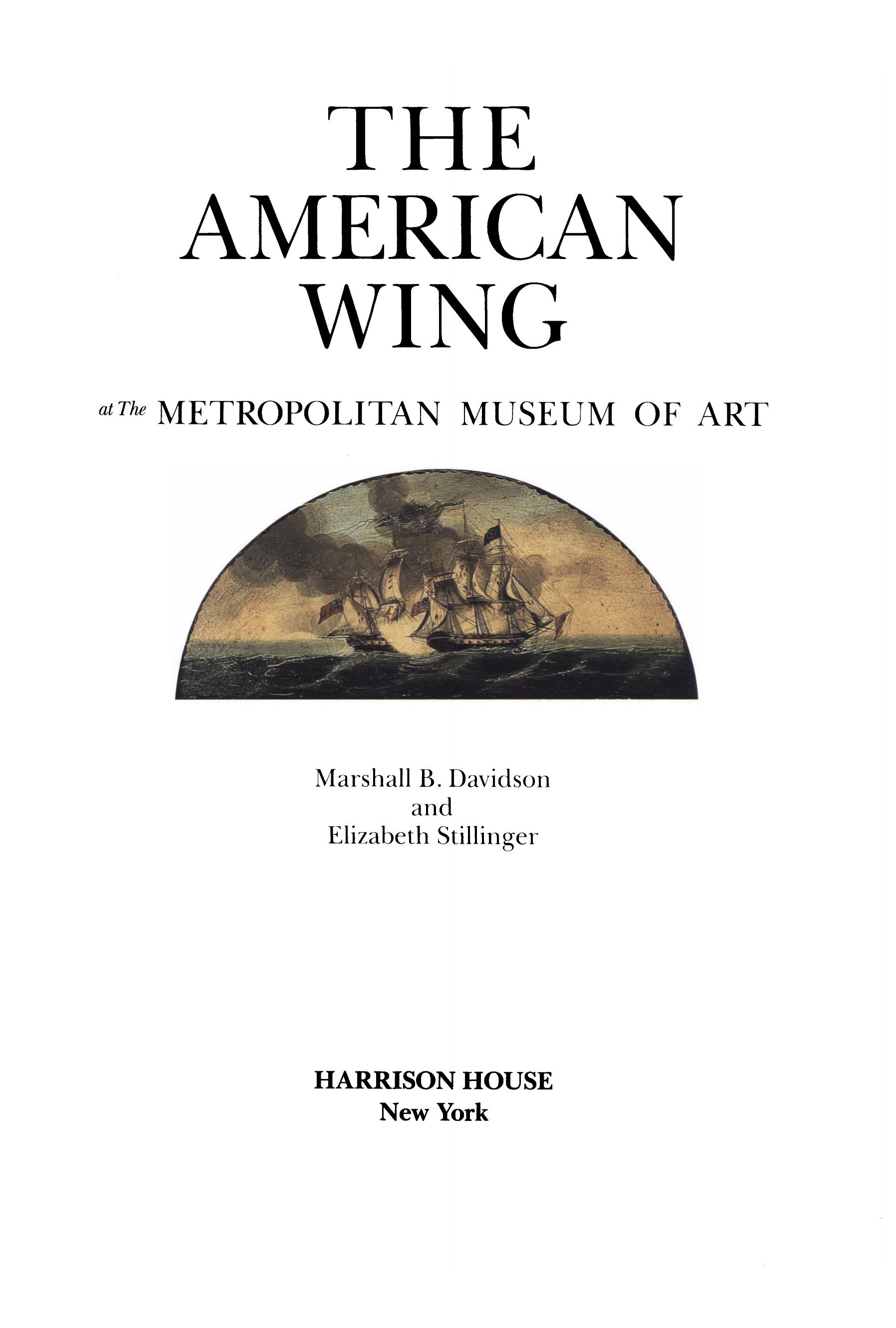 The American Wing at The Metropolitan Museum of Art / Marshall B. Davidson and Elizabeth Stillinger. — New York : Harrison House, 1985. — 176 p., ill. — ISBN 0-517-64626-9Contents
FOREWORD
John K. Howat 6
ACKNOWLEDGMENTS 7
INTRODUCTION 9
Charles Engelhard Court 9
PERIOD ROOMS 21
The Early Colonial Period, 1630–1730 22
Hart Room 24
Wentworth Room 28
Hewlett Room 34
The Late Colonial Period, 1730–90 40
Almodington Room 42
Powel Room 46
Van Rensselaer Hall 52
Verplanch Room 56
Marmion Room 60
The Federal Period, 1790–1820 62
Haverhill Room 63
Baltimore Room 66
Richmond Room 70
The Shaker Vernacular 34
The Pre–Civil War Period 38
The Greek Revival, 1820–43 38
The Rococo Revival, 1840-60 82
The Gothic Revival, 1830-33 86
The Post-Civil War Period 90
The Renaissance Revival, 1860–80 90
The Twentieth Century 93
FURNITURE 99
The Early Colonial Period, 1630–1730 100
The Late Colonial Period, 1730–90 112
The Federal and Early Empire Periods 1790–1820 134
The Shaker Vernacular 132
Windsors 134
Folk Art 133
The Pre–Civil War Period 136
The Greek Revival, 1820–43 136
The Rococo Revival, 1840–60 166
The Gothic Revival, 1830–33 132
The Post–Civil War Period 136
Renaissance, Egyptian, and Related Revivals 1860–80 136
Innovative Furniture 182
Reform Styles, 1833–1913 188
SILVER 201
The Colonial Period, 1630–1790 202
The Federal Period, 1790–1830 216
The Pre-Centennial Period, 1830–75 220
The Post-Centennial Period, 1875–1915 223
PEWTER 228
CERAMICS 235
The Colonial and Federal Periods, 1630–1830 234
The Pre-Centennial Period, 1830–75 239
The Post-Centennial Period, 1875–1915 244
GLASS 249
The Colonial and Federal Periods, 1630–1830 230
The Pre-Centennial Period, 1830–75 238
The Post-Centennial Period, 1875–1915 266
PAINTINGS, PRINTS, DRAWINGS AND WATERCOLORS 275
The Colonial Period, 1630–1790 236
The Revolutionary Period, 1770–90 282
Miniatures 288
The Early Nineteenth Century, 1790–1840 290
The Mid-Nineteenth Century, 1840–65 300
The Late Nineteenth and Early Twentieth Centuries, 1865–1915 308
SCULPTURE 333
The Colonial and Federal Periods, 1630–1830 334
The Mid-Nineteenth Century, 1840–65 333
The Late Nineteenth and Early Twentieth Centuries, 1865–1915 341
SELECTED BIBLIOGRAPHY 348
INDEX 249
Foreword
When they were opened in October 1924, The American Wing’s sixteen period rooms, three exhibition galleries, and several alcoves caused a sensation. Here, virtually for the first time, American antiques were presented in an orderly, chronological way. In the period rooms, furniture, silver, paintings, glass, and other objects of more or less the same date were arranged together in spaces whose wood- and plasterwork were also of that date. Until this time, American antiques had most often been shown jumbled among curious, exotic, or historically interesting relics at charity fairs and patriotic celebrations. Under the circumstances, it is easy to see why Americans had not until now understood how their heirlooms related to one another or how they might have fit together in colonial and Federal households. Visitors to the new Wing were absolutely astonished to discover, as well, that the rooms were attractive and inviting. “Colonial America had good taste,” exclaimed one headline just after the opening.
From its very beginning, The American Wing has had an enormous effect on American taste. Many people were on the verge of turning their attention from European art to the art of their native land, and The American Wing was the spark that set off the great burst of enthusiasm for American antiques and early houses that characterized the 1920s. World War I was over, Americans were feeling the confidence that accompanied their realization that their country was a world power, and many were primed to appreciate their own past and culture. The American Wing’s accomplished and refined picture of home life in colonial and early Federal America showed enthusiasts how to use old houses and antiques together. At the same time, the period rooms greatly influenced the way antiques and department stores and other museums and historic houses across the country arranged their collections. Finally, The Metropolitan Museum of Art, the greatest museum in what was by then the greatest American city, endorsed the artistic validity of American arts and crafts by showing them proudly alongside the arts of antiquity, Europe, and the Near and Far East.
Even though there are today many more American art enthusiasts than there were in the 1920s, The American Wing still focuses Americans’ interest on their own artistic heritage. In a survey taken at the Museum shortly after the expanded Wing opened in 1980, a number of visitors mentioned their surprise and pleasure at Ending wide-ranging displays of American art: “The American Wing makes an important statement about American art,” said one visitor. “For one thing, it says that our art is as good as European art. More important, however, it says that furniture, sculpture, and stained glass are as valued as paintings.”
And indeed, it is the melding of art of a great variety of materials and levels of sophistication that has always distinguished The American Wing. It was a concept for which the period room was a perfect beginning and from which the Museum has branched into collecting in many different categories and periods of American art.
The first, and until now the most comprehensive, book about The American Wing was A Handbook of The American Wing, by R. T. H. Halsey, who oversaw the installation of the original Wing, and Charles O. Cornelius, his assistant; it was brought out in the fall of 1924. Henry W. Kent, the Museum’s distinguished secretary and the man who conceived the idea of an American wing for the Metropolitan, had set forth his ideas about a handbook in a 1923 letter to Halsey. “This book should be written in a popular style, and the old-fashioned, dry-as-dust museum catalogue method forgotten,” he advised. Both men must have been pleased by the result, for the Handbook sold nine thousand copies in its first year and eventually went through seven editions.
Although the Handbook was organized so that visitors could tour the galleries and rooms in sequence, beginning on the third floor with the seventeenth and early eighteenth centuries and descending through the mid-eighteenth century on the second to the late eighteenth and early nineteenth on the first, it remained for many years a foremost treatment both of domestic life in the colonies and of American antiques in general, with special emphasis on furniture.
Other important publications that deal with nearly all aspects of the collection have been brought out in book, pamphlet, catalogue, and other forms from time to time, and many of them are listed in the Selected Bibliography at the back of this volume. Metropolitan Museum Bulletin articles have announced additions to and presented research on aspects of the collection, beginning in 1910 with an article on the 886 pieces of furniture the Museum had just acquired from H. Eugene Bolles as the foundation of the American Wing collection. Many of these articles are also listed in the bibliography.
The present volume is different from the foregoing works, for it treats the whole of the expanded American Wing, rather than one of its parts. It is not a guide to the installation, but to the collection itself, and its illustrations have been selected to represent the remarkable range of that collection—from great paintings and sculptures to period-room appointments. Captions provide up-to-date information on each object illustrated, while the text offers the story of the development of the arts in America—not a “dry-as-dust” book, we hope, but one that will prove a worthy successor, sixty-one years later, to the Handbook.
John K. Howat
Lawrence A. Fleischman Chairman of the Departments of American Art, The Metropolitan Museum of Art
Sample pages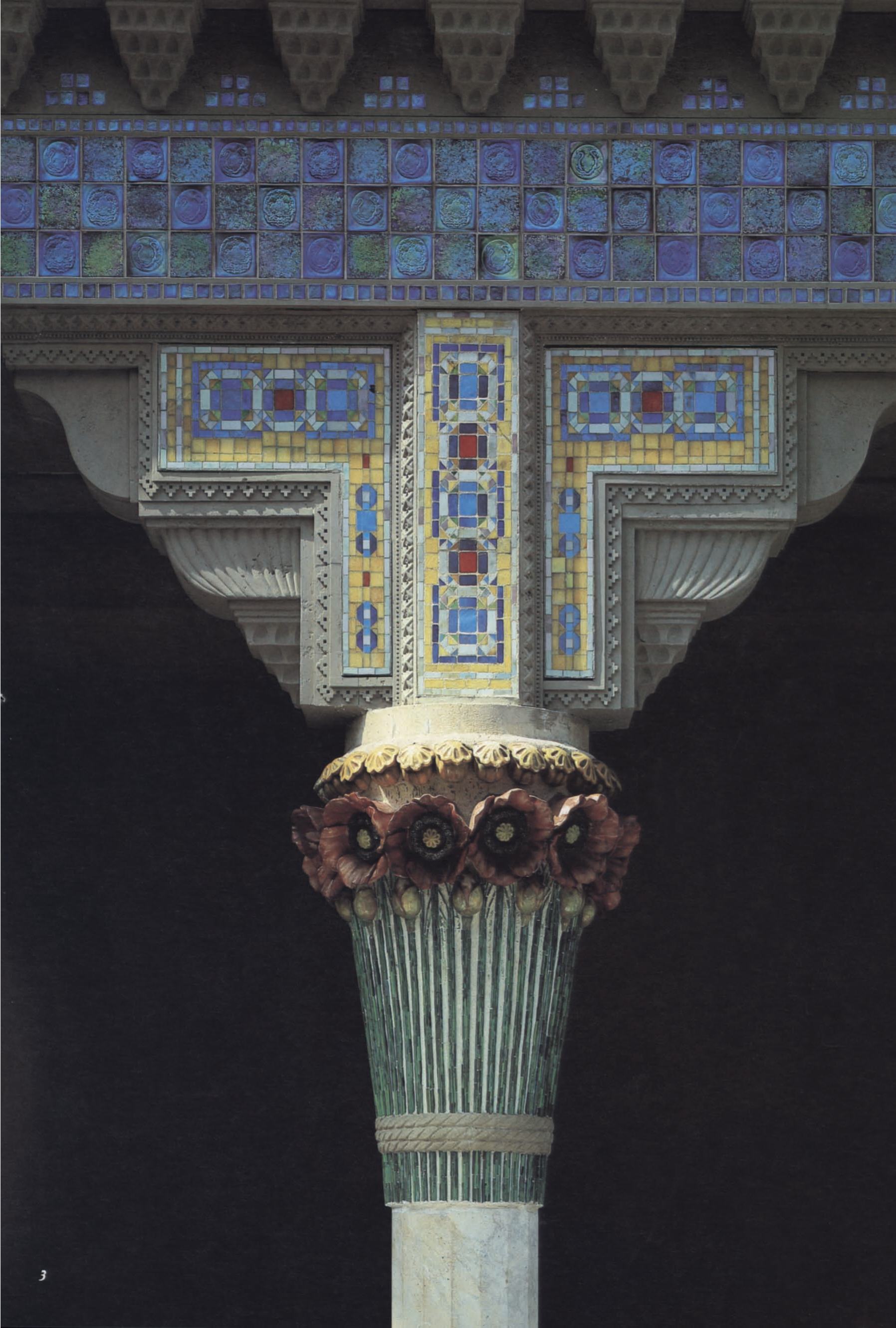 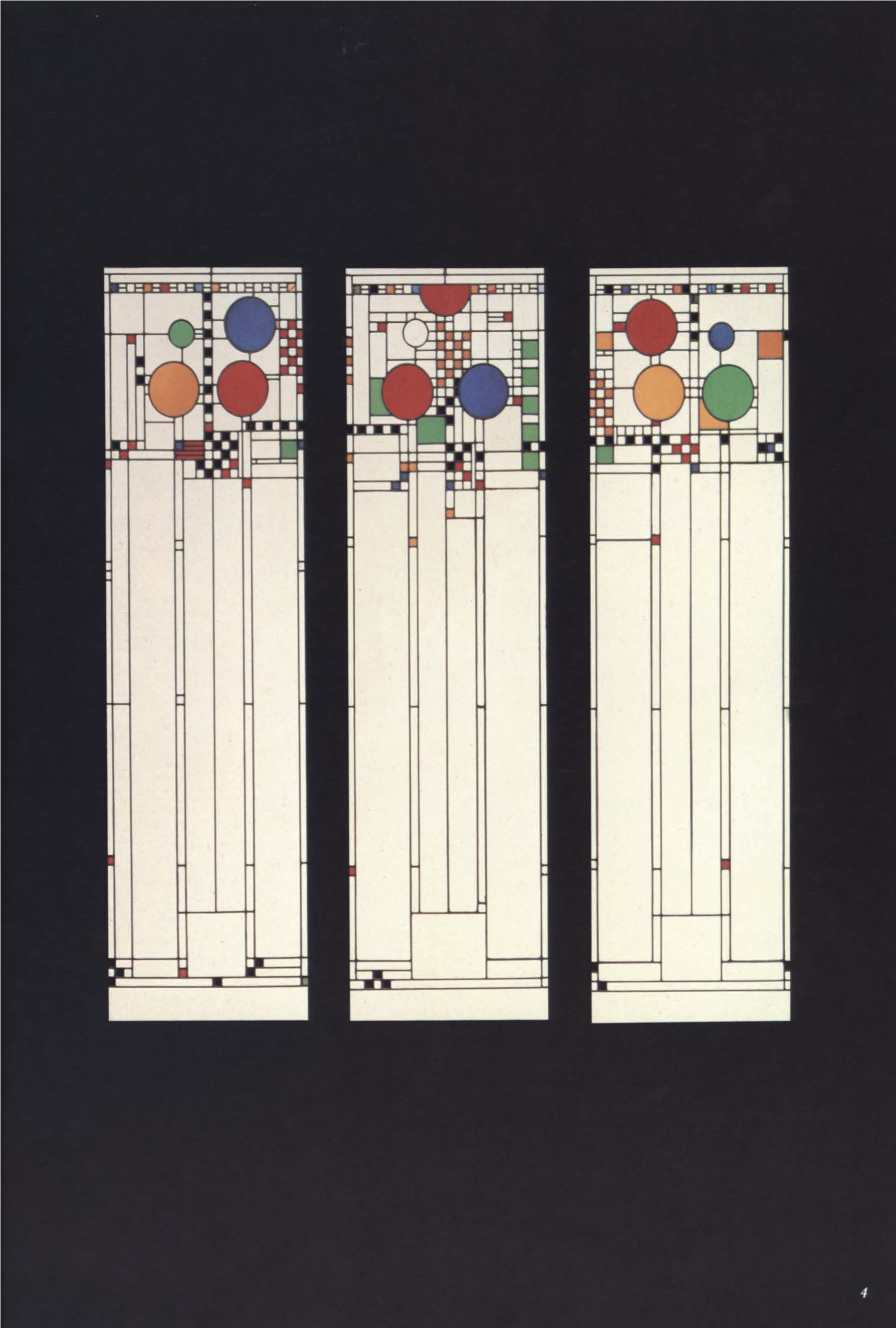 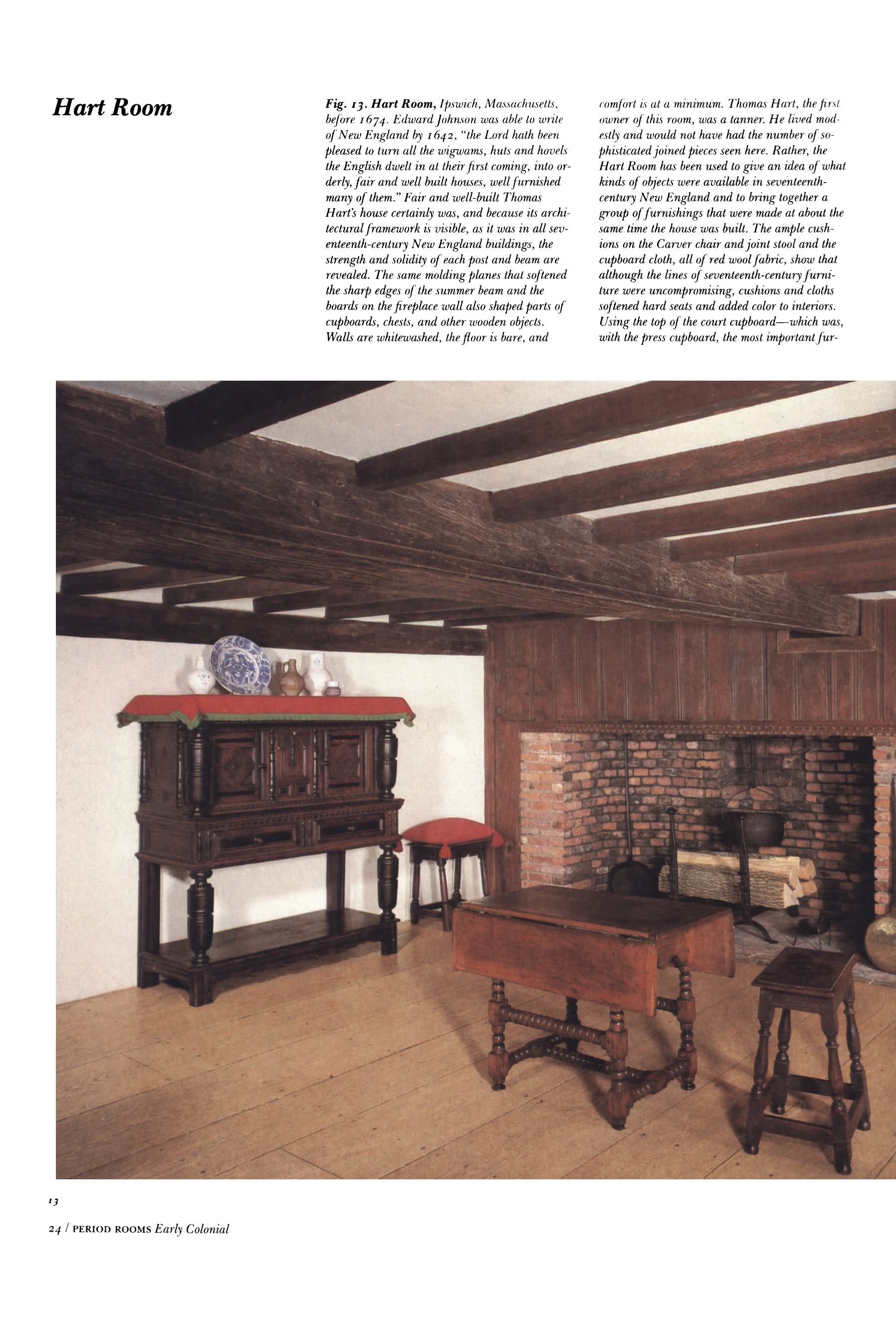 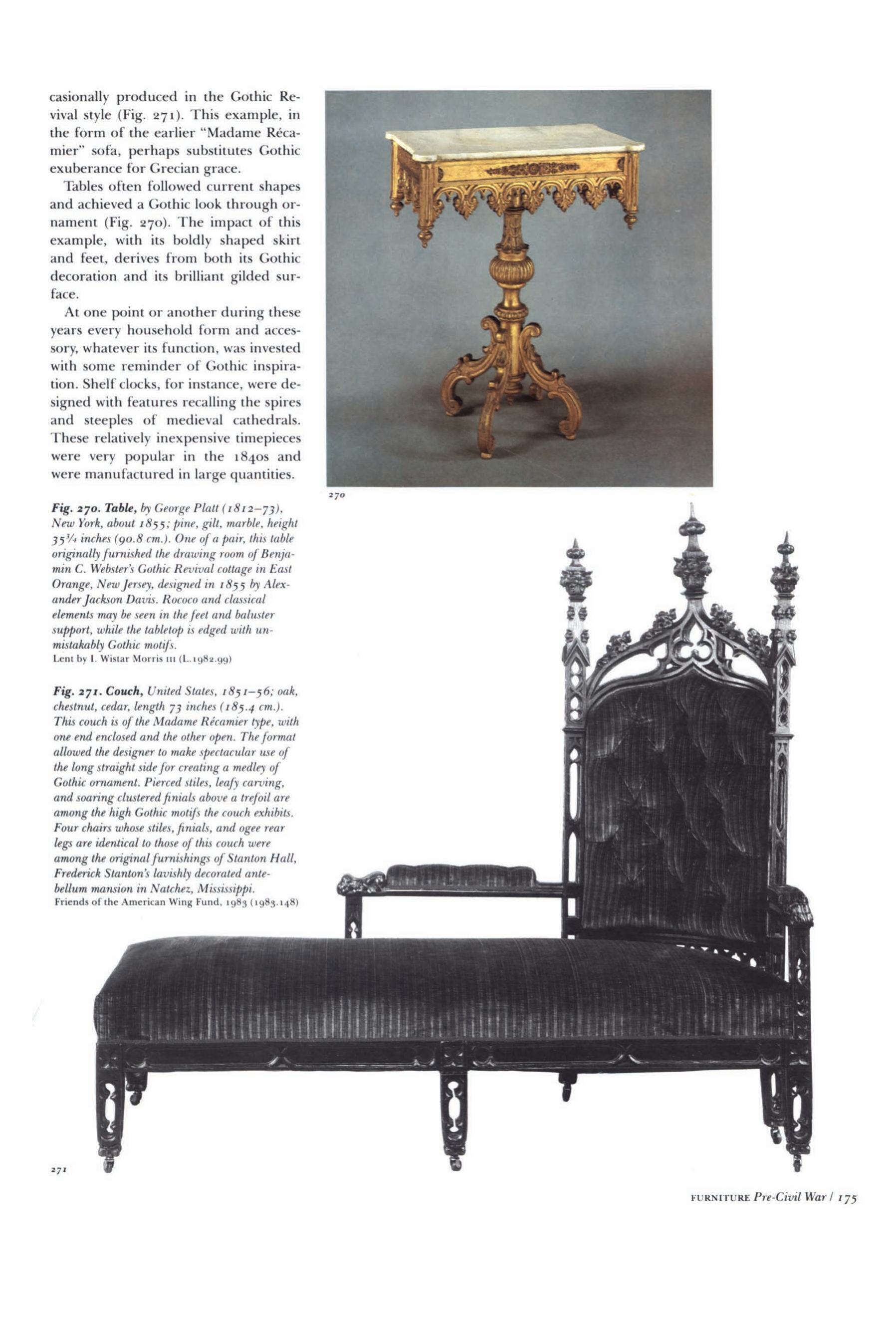
Download link (pdf, yandexdisk; 90.3 MB)
The electronic version of this edition is published only for scientific, educational or cultural purposes under the terms of fair use. Any commercial use is prohibited. If you have any claims about copyright, please send a letter to 42@tehne.com.
22 сентября 2024, 13:35
0 комментариев
|
Партнёры
|






Комментарии
Добавить комментарий